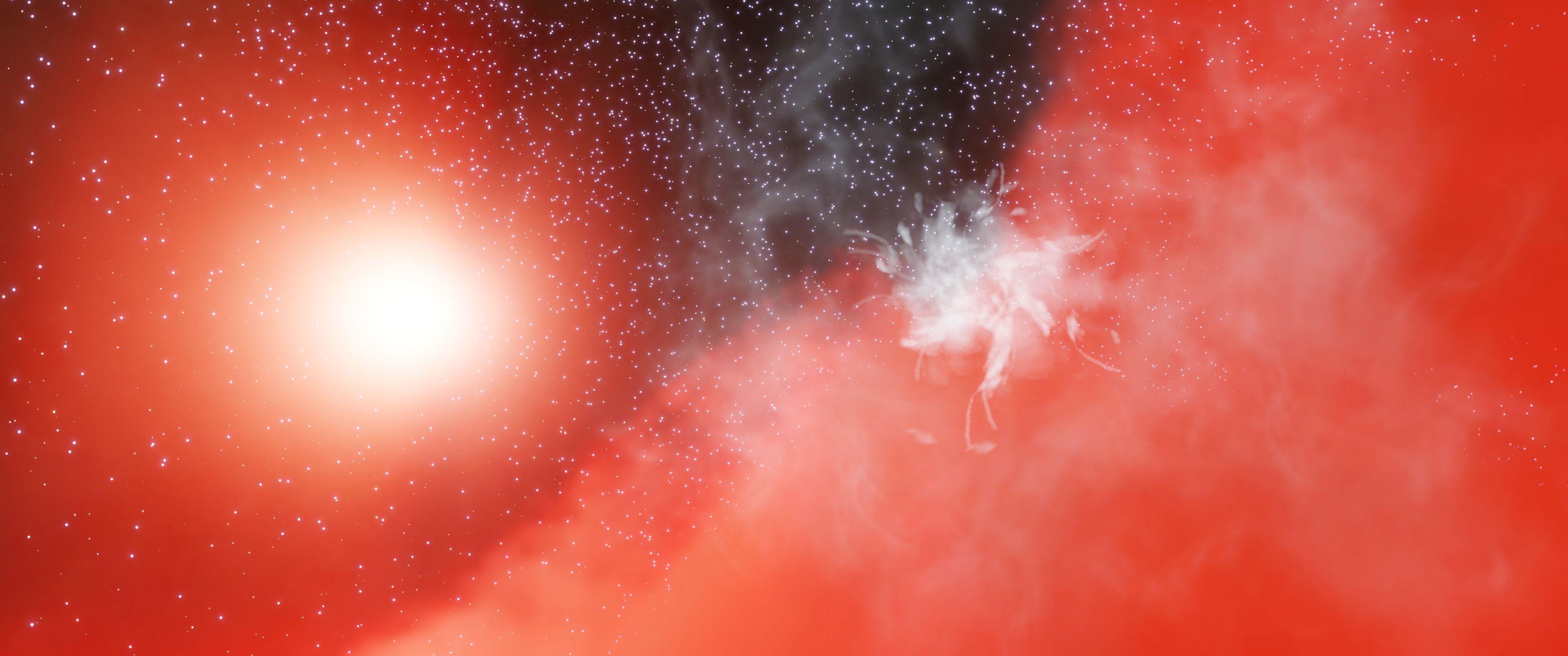

| Created: 2024-02-07 21:06:36 Last Edited: 2024-02-08 14:37:03 | |
| Submitted by: CMDR Marx ☀ on behalf of multiple CMDRs (see the Codex) | |
| Star System: | Wepaa BA-A g1735 |
| Coordinates: | -9658.31 / -792.312 / 23572.6 |
| Sol Distance: | 25,486.8 ly |
| Region: | Odin's Hold |
| Category: | Notable Stellar Phenomena |
|
| |
 | |
Summary: Seven types of Anomalies around black holes within 500 ly of this system: the largest and most diverse Anomaly-area in the galaxy. | |
Notice: This POI shares the same star system with a prior existing entry in the Galactic Mapping Project (GMP). You can visit the original entry using the link below: | |
Description: This system was first mentioned by the Mercury 7 expedition of 3302 as being in an area where there seemed to be a larger than usual number of black holes - even for the galactic core. There was nothing of note inside this system itself, it was just used as a marker. However, two years later, explorers started reporting sightings of ghostly Anomalies inside Notable Stellar Phenomena here, and in many nearby systems as well.
These Anomalies appear in systems with black holes in a 500 ly radius around Wepaa BA-A g1735. This is much larger than the usual radius within which Anomalies appear, which is 10 ly, or sometimes 100 ly. What's more, unlike most places in the galaxy where only one type of Anomalies appear, there's a total of seven Types here. Besides the ones classified as E04-Type Anomalies, there are six other K-Type Anomalies: K-01, 03, 04, 05, 06, 08.
While the ghostly lights might appear to be foreboding, approaching them is quite safe. Many other similar Anomalies in the galaxy tend to react to ships approaching within 200 meters of them, but these ones are quite passive. A few kinds (such as K-03) do constantly emit some radiation, which scrambles on-board HUDs and deals light damage to shields, but even they are Mostly Harmless.
Notable Stellar Phenomena within 100 ly of nebulae can contain colourful Lagrange clouds. Although the Wepaa sector contains over a dozen planetary nebulae, the one that stands out is the Wepaa MH-V e2-5352 planetary nebula, as that one is within the NSP area and its central black hole houses Anomalies of its own.
Note that flying through Lagrange clouds in systems that only contain a black hole can be dangerous. The thicker clouds absorb what little light comes from the stars in the sky, and although the Anomalies roaming inside can be seen, the metallic crystals and mineral spheres can be much more difficult to notice. When flying at high speeds, Commanders might only notice them only when it's too late. See the picture below:
Take care not to collide with anything! And remember, the Anomalies don't emit anything other than light, so any sounds you might hear are the products of your own imagination. | |
| ID64 Address: | 116450521686 |
| EDSM ID: | 12946353 |





EDSM Traffic Report
| Past Day: | |
| Past Week: | |
| Total: |
EDSM Estimated Value
| Scanned: | |
| Mapped: |
Nearest GEC Neighbors:
| POI Name | Distance | Rating | System |
|---|---|---|---|
| Wisps of the Shadelight | 458.30 | 3.93 | Wepaa AA‑A f809 |
| Hávamál's Depths | 470.25 | 5.08 | Wepaa FG‑Y g66 |
| Santa's Domain | 896.92 | 3.54 | Wepua JC‑V e2‑3480 |
| Einstein's Telescope Array | 952.41 | 3.94 | Wepaa FG‑Y g584 |
| View of Finality | 1,438.19 | 5.60 | Agnaiz LD‑A d14‑964 |
| A Marble's Halo | 2,103.81 | 2.62 | Agnaiz OR‑V d2‑376 |
| Azure Respite planetary ne... | 2,329.83 | 3.60 | Dumbio YO‑A e308 |
| Gravity Betrothed | 2,698.05 | 6.10 | Drumboa AA‑A h73 |
Nearest GMP Neighbors:
| POI Name | Distance | Rating | System |
|---|---|---|---|
| Wepaa Stellar Graveyard | 0.03 | N/A | Wepaa BA‑A g1735 |
| Ammutseba | 252.07 | N/A | Wepaa BA‑A g1712 |
| Wings of Mercury | 371.32 | N/A | Wepaa FG‑Y g1750 |
| Ghadamon | 394.80 | N/A | Wepaa FG‑Y g35 |
| Agnairt Supernova Remnant | 456.94 | N/A | Agnairt BB‑O e6‑2561 |
| The Foschia Porpora Nebula | 526.55 | N/A | Agnairt YF‑O e6‑3128 |
| Manley Nebula | 542.90 | N/A | Agnairt VZ‑P e5‑4366 |
| Matariels Tears | 565.54 | N/A | Wepaa ST‑R e4‑2384 |
Revision History: